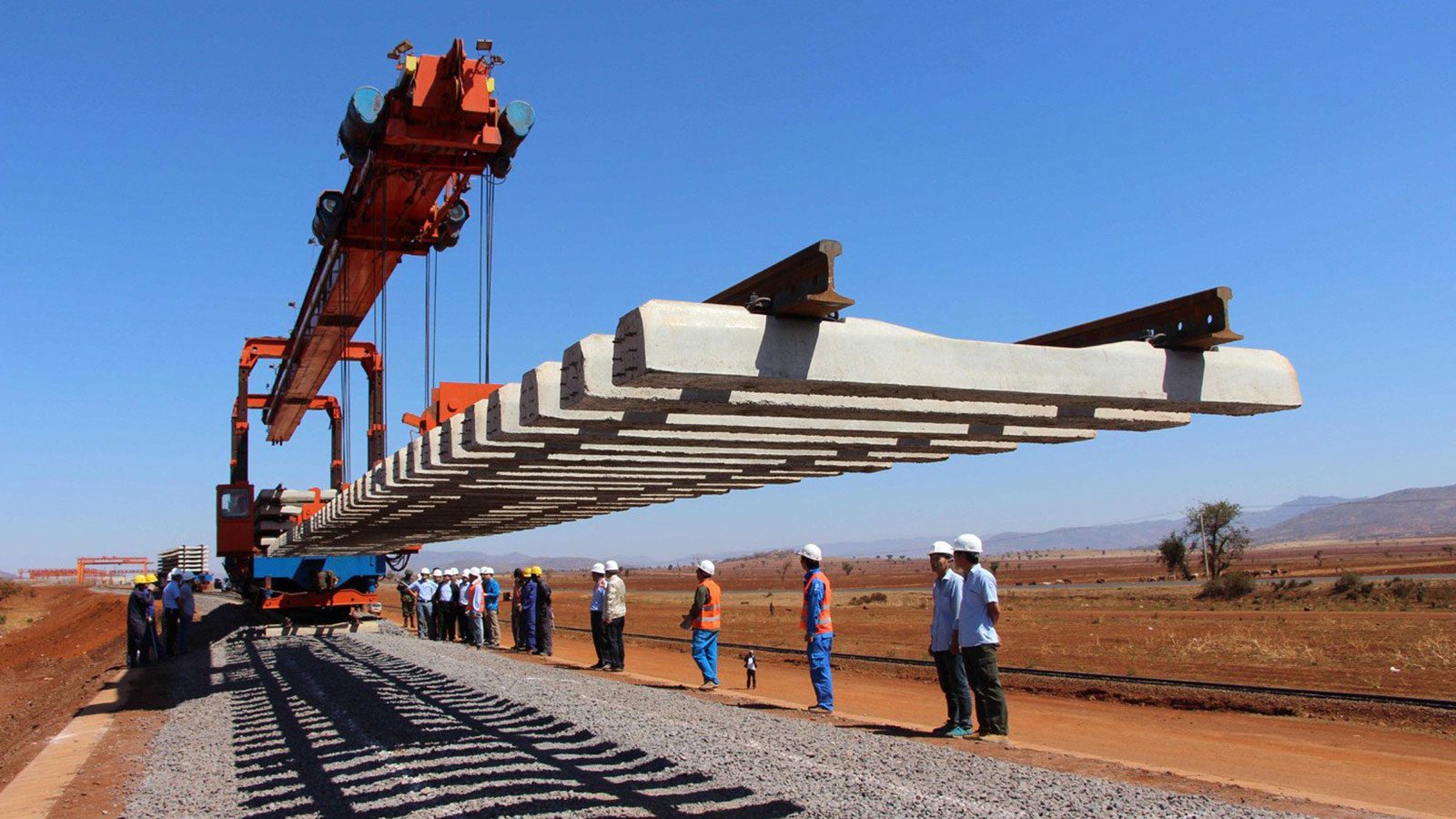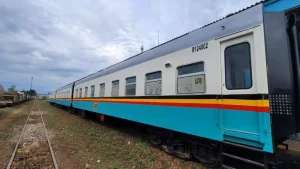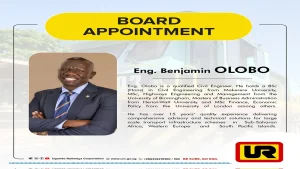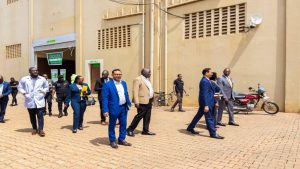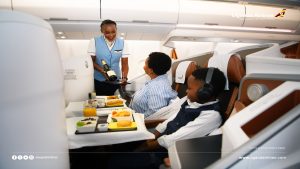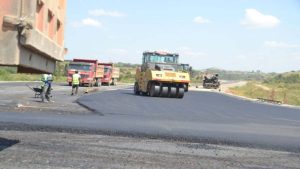Share
Uganda, Kenya, Rwanda, and South Sudan have reaffirmed their commitment to revive the stalled Standard Gauge Railway (SGR) project, which experts say will boost regional trade and provide East Africa with globally competitive transport services for both freight and passengers. Regional leaders agreed to build railway lines connecting East African countries in 2019.
Representatives from the four countries passed a number of proposals for the start of building work after a series of cluster meetings in May 2023 in Kampala.
The multibillion-dollar infrastructure project has fresh life after Kenya recently decided to extend the SGR line from Naivasha via Kisumu to Malaba.
On Thursday 25th May, 2023, the regional SGR technical committee decided that feasibility studies for the 369-kilometer routes Naivasha-Kisumu and Kisumu-Malaba should be carried out and finished by June 30, 2023.
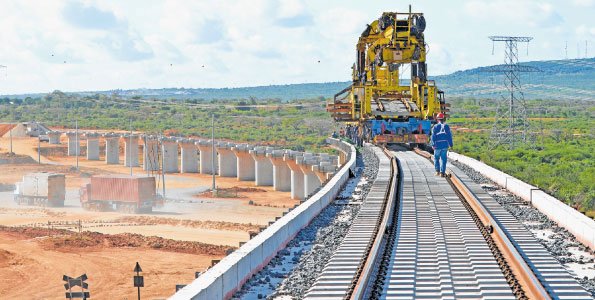
The group also decided that both routes would be built at the same time, beginning in December 2023.
Additionally, Kenya was recommended to expedite negotiations with the EXIM Bank of China in order to secure finance by July 30, 2023.
The experts recommended pooling resources for the Naivasha-Kisumu-Malaba and Malaba-Kampala sections between Kenya and Uganda.
Benon Kajuna, Director of Transport at the Ministry of Works, stated that “Kenya’s decision to extend the railway line to Malaba has given us (Uganda) hope,” adding that “We are now moving well to achieve our common objective of connecting our countries with the railway line.”
Amb. Richard Kabonero, the coordinator of the Northern Corridor Infrastructure Projects, stated: “Investing in infrastructure links within the region is critical to unlocking our region’s economic potential.” He added, “By giving the development of roads, railways, waterways, aviation, and ICTs priority, we can lower business costs, boost trade, and promote economic growth.”
China no longer contractor
Uganda cut ties in 2022 with China Harbour and Engineering Company (CHEC), the project’s contractor for the Malaba-Kampala route. With a goal of starting the Malaba-Kampala SGR network’s development before the end of 2023, Uganda is currently in the process of hiring Yapi Merkezi and enlisting European funders.
The Kampala-Mirama-Mpondwe route feasibility study, which Gauff Engineering undertook in 2016, is now being updated. The investigation will be finished by August 2024. The initial section of the railway line will go from Malaba to Kampala, then through Bihanga in western Uganda, and finally to Mirama Hills on the Rwandan border. Another segment of the train line will begin in Bihanga and end in Mpondwe, close to the border between Uganda and the DRC.
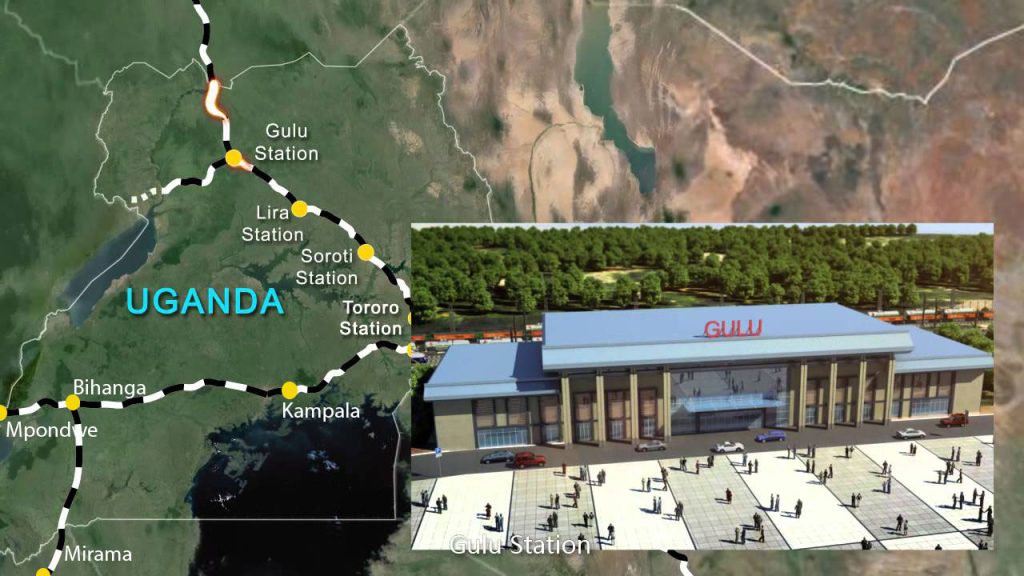
Additionally, Uganda will construct the Tororo-Gulu-Nimule and Gulu-Pakwach-Vura lines, linking Mombasa with South Sudan and the DRC. Yapi Merkezi will construct the Kampala-Malaba section as well as the western route (Kampala-Bihanga-Mirama and Bihanga-Kasese-Mpondwe). With the goal of starting construction on the Tororo-Gulu-Nimule and Gulu-Pakwach-Vura routes by 2026, Uganda is moving quickly to finish the update of the feasibility study and find funding.
To secure funding from Exim Bank, Uganda hired China Harbour and Engineering Company (CHEC) to construct its SGR lines. However, the funding fell through, putting the large infrastructure project on the verge of collapse. “We agreed to work with China’s CHEC, and within two years, we were to receive funding. Seven years later, there was still no funding,” according to Benon Kajuna, director of transport for Uganda.
“Financing did not come through. That is why we stopped cooperating with China and started using YapI Merkezi. China was hesitant to continue funding Uganda at the time due to concerns about the SGR’s feasibility without connection to Kenya’s SGR, which had ended at Naivasha. Kenya had turned down the offer to expand the line via Kisumu to Malaba.” According to Kajuna, China also requested from Uganda its operating SGR plan and debt repayment plan.
Kajuna remarked, “We were able to competently respond to the three questions, but even so, we didn’t secure financing.”
Rwanda Section
Prior to continuing on to Kigali, Rwanda is anticipated to take up the railway line in Mirama Hills in Ntungamo. For the Mirama Hills-Kigali stretch, a feasibility study and an early engineering design were finished in January 2018. Currently, Rwanda is working with specialists to determine whether it is necessary to update the feasibility studies after finalizing the demarcation of the corridor from Mirama Hills to Kigali. August 2023 is when the report is anticipated.
Experts noted that Rwanda must communicate with Uganda about the possibilities of working together to obtain funding for the SGR projects. Mirama Hills should be reached by the railway line in 2029. In order for Rwanda to take use of the SGR, officials there stated that the construction period needed to be shortened. Experts did, however, encourage Rwanda to begin building in Kigali and be prepared to connect with the Bihanga-Mirama railway line by 2029. Rwanda stated that it was putting together the necessary paperwork to seek finance from various financiers.
South Sudan announced during the cluster meeting that work on the Nimule-Juba section’s feasibility study was progressing and will be finished by June 30, 2024. After the Kampala-Malaba line is financially closed, Uganda will expedite the loan applications for the full Tororo-Gulu-Nimule and Gulu-Pakwach-Vura sections.
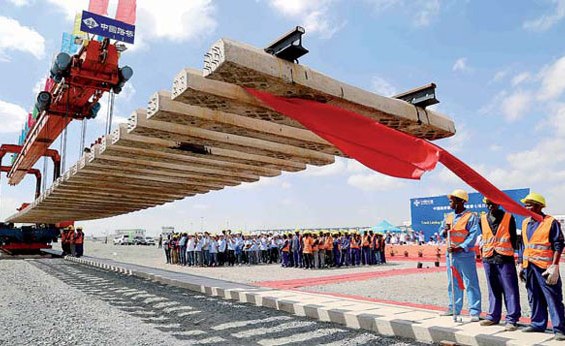
Kenya hired the SGR contractor to do operations and maintenance for five years, and has subsequently taken over roughly 95% of the contractor’s operations and maintenance tasks. This is in regards to human resource development for the operation of the railway line. Since then, Kenya and Uganda have decided to create operational and maintenance mechanisms.
One year before the Malaba-Kampala SGR section is finished, Uganda will attach staff to study operations and maintenance in Kenya. Partner states made a financial commitment in 2017 to create and carry out a strong communication campaign to educate stakeholders on the advantages of the SGR.
While South Sudan has not yet created an SGR communication strategy, the standard gauge railway in Kenya and Rwanda currently uses the National Transport Communication Strategy. It was decided that the National Communication Strategy for SGR would be created quickly and implemented by June 30, 2025 by South Sudan and Rwanda. Amounts sufficient for the implementation of the partner states’ individual national communication strategies will also be provided.
By December 2023, Kenya and Uganda will have unified their respective national communication plans given that they would shortly begin building the Naivasha-Malaba-Kampala SGR portions.
The railway line will “remove heavy cargo from our roads, integrate our societies as people will be able to move in the region more frequently and affordably, and make our goods more competitive,” according to Waiswa Bageya, the Permanent Secretary of Uganda’s Works Ministry.
The seminars’ organizer, Kabonero, urged partner governments to “work together to revitalise the Northern Corridor Infrastructure Projects Framework, come up with detailed plans for infrastructure development, and secure the financing needed to make it a reality.”
